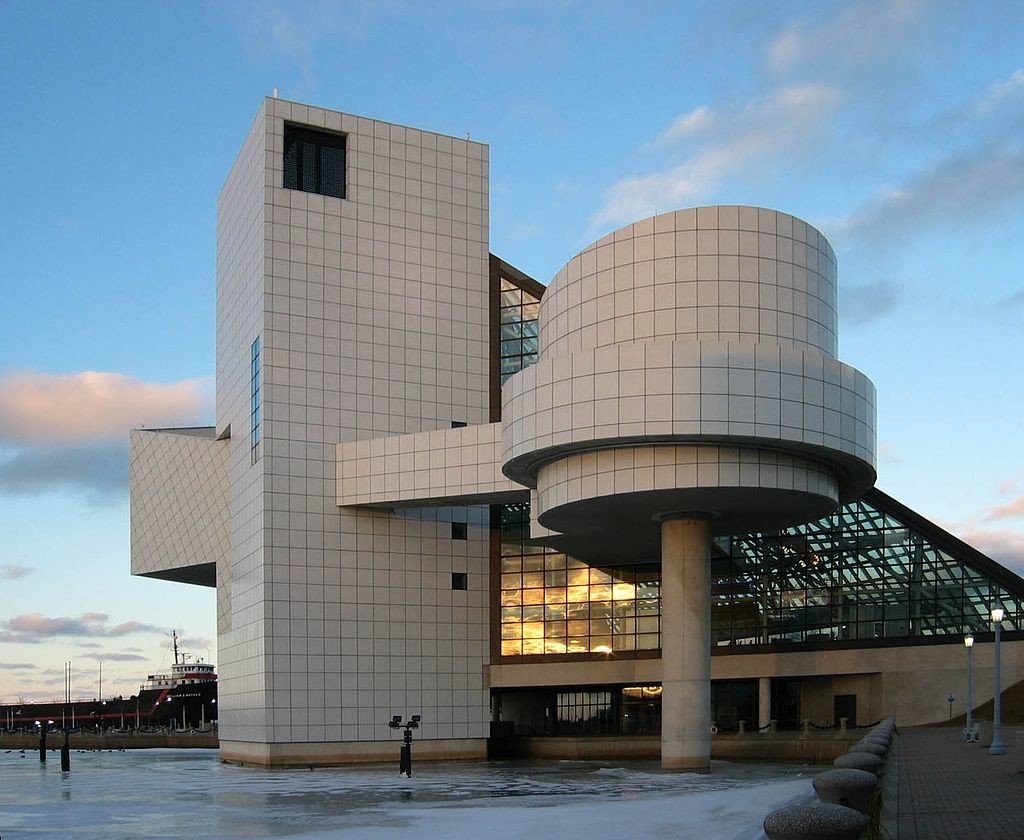Louvre pyramid, JFK library & other iconic designs by late Chinese-US architect I.M. Pei (PHOTOS)
World-renowned Chinese-born architect I.M. Pei has died at the age of 102, his son Li Chung Pei confirmed, leaving behind dozens of distinctive buildings as well as three children, grandchildren, and great-grandchildren.
Pei trained under modernist architect and Bauhaus founder Walter Gropius, getting his start with commercial real estate developer Zeckendorf in New York and launching his own firm in 1955.
Perhaps Pei’s most iconic structure, the glass and steel entrance pyramid of the Louvre Museum in Paris was completed in 1989; when it was first proposed, 90 percent of Parisians reportedly loathed it, though it has since become a beloved landmark.
The National Gallery East Building in Washington, DC opened in 1978, a brutalist monolith built in marble on a trapezoidal plot of land featuring a triangle motif. It is one of his most critically-acclaimed buildings, popular with architectural critics and visitors alike.

The 70-story Bank of China Tower in Hong Kong is one of the most recognizable of Pei’s buildings. Another triangle-themed construction, it was designed to reflect “the aspirations of the Chinese people,” according to Pei, who was forced to tweak some of the structural elements when influential feng shui advocates complained. It is currently the fourth-tallest building in Hong Kong.

Pei considered the John F. Kennedy Presidential Library and Museum, in Boston, Massachusetts, the most important commission of his life. He was personally selected by Jacqueline Kennedy to design the building, which combines a triangular tower with a square glassed-in atrium and opened in 1979.

While he initially refused the commission for the Rock and Roll Hall of Fame in Cleveland, Ohio, Pei overcame his distaste for the art form and built a sprawling, reflective half-pyramid ending in a tower, its side sprouting a cylindrical performance space. Completed in 1995, it would stand out anywhere, but presents a stark contrast with the rest of Cleveland.
The sand-toned stacked-box design of the Museum of Islamic Art in Doha, Qatar was inspired by a six-month tour of the world’s mosques. Pei convinced the project’s backers to construct an island specifically for the museum, rejecting the original site as unsuitable. It was finished in 2008.

Not all Pei’s buildings were successful - the Hancock Tower in Boston, commissioned by John Hancock Insurance to overshadow the building of competitor Prudential, became the tallest building in New England when completed in 1976 but began shedding glass panels before it was even complete, forcing the builders to replace the entire facade.
Also on rt.com From rooftop pool to parking: Notre Dame reconstruction ideas that will haunt youIf you like this story, share it with a friend!













